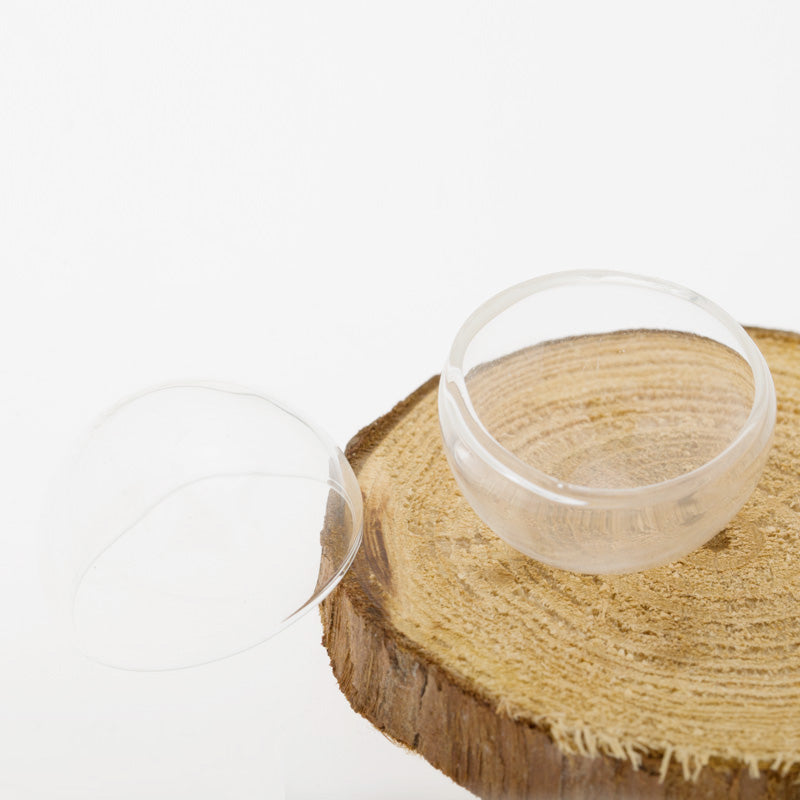Ever since I watched Disney's 20,000 Leagues Under the Sea as a kid I wanted to build a radio-controlled version. I mentioned this to my daughter and she surprised me on my birthday by giving me one. I had no idea that they were even available. Ten years later I'm on build version 3. Trial and error is a very lengthy process. Although version 3 isn't perfect, and I could sure use some help with a couple of issues, I would like to contribute what I've learned so far to the hobby. Most of it is what does NOT work.
My objective was to create as perfect a replica of the Nautilus as possible, within reason of course. So my build features the following:
My objective was to create as perfect a replica of the Nautilus as possible, within reason of course. So my build features the following:
- Stainless steel printed Ram
- Hemispherical wheelhouse view ports
- Hidden wheelhouse lighting
- Wheelhouse deck carpet as in the movie
- "Springs" on hatch hinges
- Invisible rudder control
- Stainless steel grab irons
- Printed bronze strut props
- A 360 brushed motor
- Pressure pump ballast system
- Mini-auto fuses











Comment